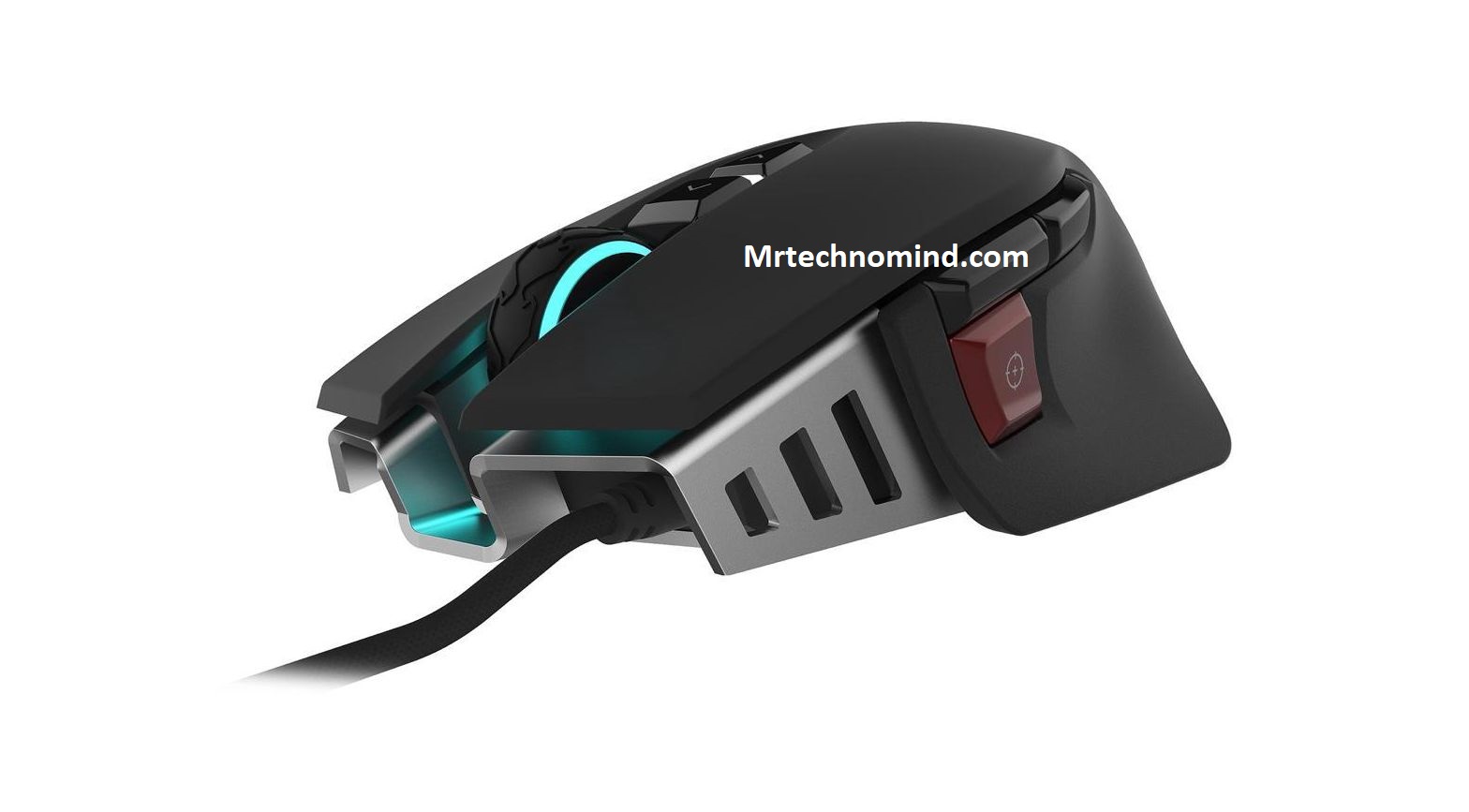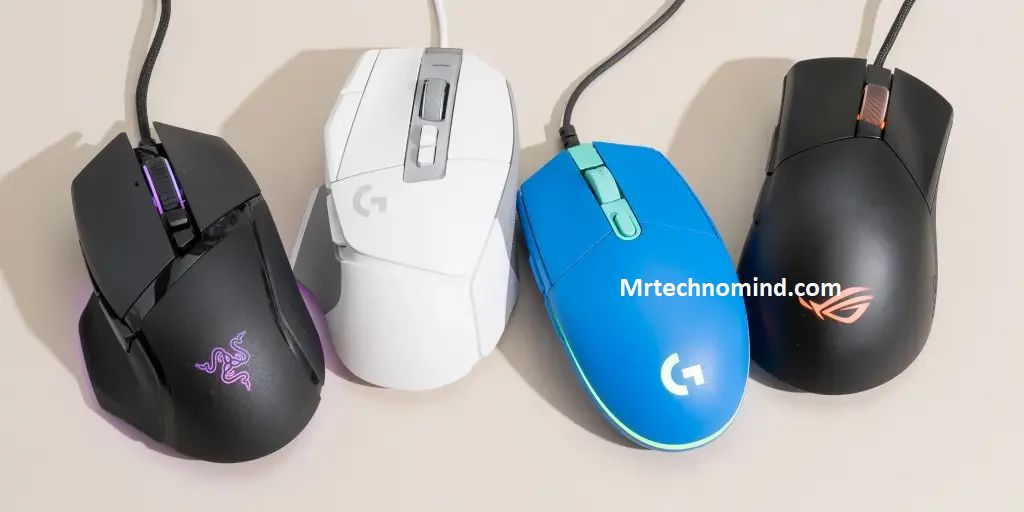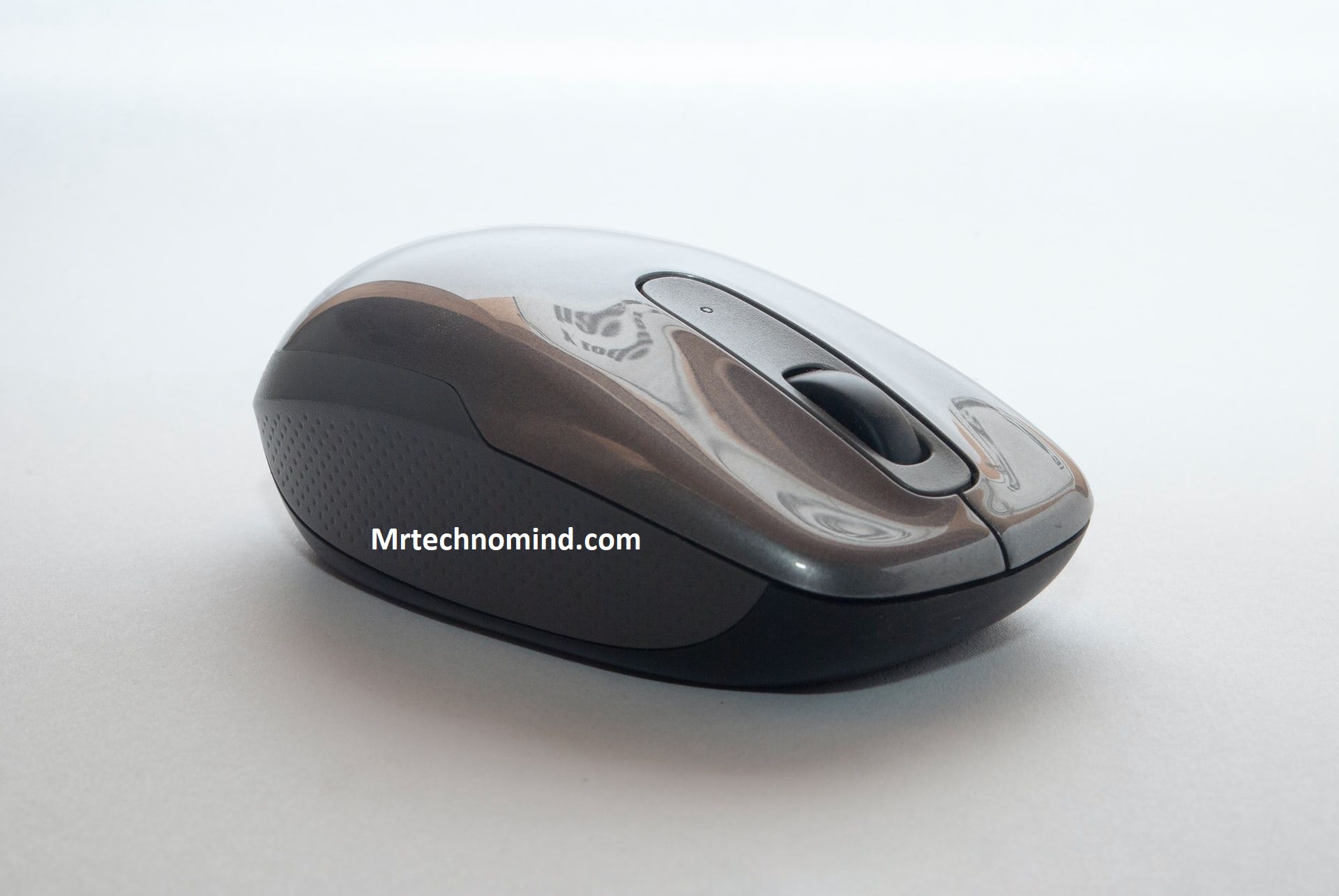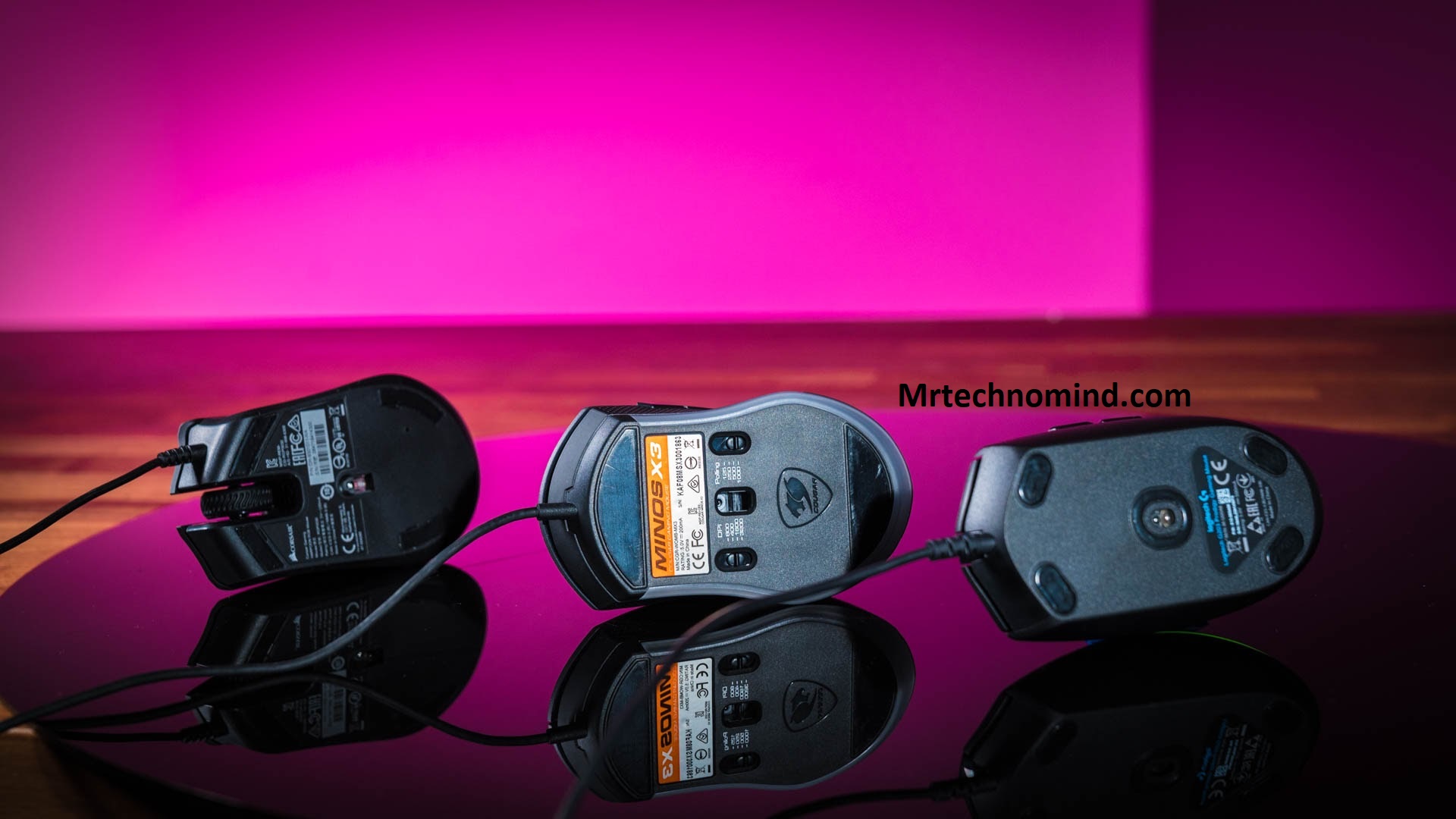5 Things About Mouse Dpi
You may not know it, but DPI is the key to unlocking your gaming potential. DPI, or dots per inch, refers to the sensitivity of your mouse. The higher the DPI, the more sensitive your mouse is to movement. And if you’re an avid gamer, you know that a split second can make all the difference between winning and losing.
But don’t worry if you’re not a tech-savvy gamer; we’ve got you covered. In this article, we will break down five things about mouse DPI that every gamer should know. Understanding DPI is crucial to improving your gaming skills, whether a novice or a pro.
So, please sit back, grab your mouse, and let’s dive into the world of DPI.
What’s Mouse Dpi?

| Term | Definition |
| Mouse DPI | Dots Per Inch a measurement of sensitivity for a computer mouse, indicating how many pixels the cursor moves for each inch the mouse is physically moved. |
| Sensitivity | The speed at which the cursor moves on the screen in response to physical mouse movement is often adjusted through software or hardware settings. |
| Adjustable | Many gaming mice allow users to change the DPI settings, allowing for customization and fine-tuning to suit individual preferences and gaming needs. |
| Higher DPI | Higher DPI settings result in faster cursor movement, allowing for quicker and more responsive mouse actions. |
| Lower DPI | Lower DPI settings result in slower cursor movement, providing greater precision and control over small cursor movements. |
| Gaming Needs | Different gaming genres may benefit from different DPI settings. For example, high DPI settings are often preferred in fast-paced FPS games, while lower DPI settings may be more suitable for precision-based tasks such as sniping. |
Do you know what mouse DPI is? It refers to the sensitivity of your mouse and can range from 200 to 12,000! DPI stands for ‘Dots Per Inch’ and measures how many pixels your mouse cursor will move on your screen for every inch you move your physical mouse.
A higher DPI means that your cursor will move faster on your screen. But is a higher DPI better for fps games? Well, it depends on your personal preference and playstyle.
Most fps players use a lower DPI because it allows for more precision when aiming. However, some players prefer a higher DPI because it allows for quick movements and can be helpful to for flick shots. Ultimately, it’s up to you to experiment and find what works best for you.
Is Higher Dpi Better for Fps Games?
| Statement | Explanation |
| Higher DPI can be advantageous in FPS games | A higher DPI setting allows for faster cursor movement, which can be beneficial in fast-paced FPS games where quick reflexes and precise aiming are crucial. |
| More incredible cursor speed with higher DPI | Higher DPI settings increase cursor speed, enabling players to react quickly and navigate across the screen, especially during intense gameplay moments. |
| Personal preference and playstyle matter | While higher DPI can provide advantages, individual preferences and playstyles vary. Some players may find lower DPI settings more comfortable and easier to control. |
| Customization options for optimal gameplay | Many gaming mice allow users to adjust DPI settings on-the-fly, giving players the flexibility to find their preferred sensitivity for different gaming situations. |
| Experimentation and finding the right balance | Finding the optimal DPI setting for FPS games may involve experimenting with different sensitivity levels to determine what works best for each player. |
Increasing the DPI settings can enhance the precision and accuracy of your movements in FPS games. With a higher DPI, you can move your mouse less physically, which can help decrease the time it takes to line up your shots. This can be especially useful in fast-paced games where every second counts.
However, it’s important to note that simply having a higher DPI doesn’t automatically make you a better player. It’s all about finding the balance between DPI and sensitivity that works best for you and your play style.
So, what’s a good DPI for a mouse? Let’s explore that in the next section.
What is a Good Dpi for a Mouse?

You’re missing out on the ultimate gaming experience if you haven’t found the perfect balance between sensitivity and DPI settings for your mouse. DPI stands for dots per inch, which refers to how many pixels your cursor will move on the screen when you move your mouse one inch. Finding the correct DPI is crucial to your overall gaming performance since it affects how quickly you can drag and react to changes on the screen.
So, what is a good DPI for a mouse? The answer is it depends on your personal preference and gaming style. However, as a general rule of thumb, most gamers find that a DPI range of 800-1600 is a good starting point. Look at the table below to better understand what DPI settings might work best for you.
| DPI Range | Best for |
| 400-800 | Precision aiming, sniping |
| 800-1200 | General FPS, MOBA games |
| 1200-1600 | Fast-paced FPS and RTS games |
| 1600-3200 | High-speed gaming, large displays |
Now that you know what DPI range might work best for you, you may be wondering how to check or change the DPI on your mouse. Don’t worry; we’ll cover that in the next section.
How Do You Check or Change Dpi on a Mouse?

To take your gaming to the next level, it’s essential to check and adjust the DPI on your mouse easily. Here are five ways to do just that:
| Mouse Type | How to Check DPI | How to Change DPI |
| Gaming | Check mouse | 1. Install mouse software or driver |
| Mice | manufacturer’s | 2. Open the software and navigate to the DPI settings section |
| with DPI | software | 3. Adjust the DPI value using sliders or numerical input |
| customization | ||
| Standard | Check mouse | 1. Check the mouse packaging or user manual for DPI information |
| Mice | specifications | 2. No dedicated software or driver for DPI customization |
| without DPI | ||
| customization | ||
| Older Mice | No DPI | Not applicable |
| customization |
– Check your mouse’s manual or manufacturer’s website to see if it has a dedicated DPI button or software that allows you to change the DPI settings.
– Use your mouse’s built-in buttons to change DPI on-the-fly. Most gaming mice have dedicated DPI buttons that let you easily switch between preset DPI settings.
– Download third-party software like X-Mouse Button Control or the Logitech Gaming Software to customize your mouse’s DPI settings and assign different DPI levels to specific buttons.
– Use an online DPI calculator to determine your mouse’s ideal DPI setting based on your screen resolution, game genre, and personal preferences.
– Experiment with different DPI settings until you find one that feels comfortable and responsive. Start with a low DPI setting and gradually increase it until you find the sweet spot.
Now that you know how to check and change DPI on your mouse, let’s dive into other things about DPI, such as how it affects your gameplay and whether a higher DPI always means better performance.
Other Things About Dpi

If you’re serious about gaming, understanding how DPI affects your gameplay is crucial, as it can impact your accuracy, speed, and overall performance. However, DPI isn’t the only factor that affects your mouse’s performance.
| Aspect | Explanation |
| Sensitivity Adjustment | DPI settings are typically adjustable through software or hardware controls, allowing users to increase or decrease cursor sensitivity according to their preference. |
| Mouse Tracking Accuracy | Higher DPI settings can improve mouse tracking accuracy, as more dots per inch enable smoother and more precise cursor movements, resulting in better overall control. |
| Display Resolution | DPI settings may need to be adjusted based on the display resolution. Higher DPI settings are often suitable for higher-resolution displays to prevent the cursor from feeling sluggish. |
| Mouse Sensor Capability | The DPI range supported by a mouse depends on its sensor capability. Gaming mice, particularly those designed for esports, offer higher maximum DPI settings. |
| Personal Preference | The ideal DPI varies from person to person based on factors such as hand movement style, desk space, and gaming genre. Experimentation helps in finding the optimal DPI setting. |
The sensor’s quality and the mouse’s weight can also play a significant role. A high-quality sensor can provide accurate tracking, even at high speeds, essential for competitive gaming.
Additionally, the mouse’s weight can affect your gameplay, as a heavier mouse requires more effort to move and can cause fatigue during long gaming sessions. Finding the right balance between weight and comfort is essential to optimize your performance.
Consider these factors when choosing a gaming mouse and experimenting with DPI settings to find the perfect combination for your play style.
Frequently Asked Questions
1. What is the Difference Between Dpi and Sensitivity in Gaming?
DPI, or dots per inch, is a measure of how sensitive your mouse is. Sensitivity, however, refers to how quickly your cursor moves in response to mouse movement. In gaming, adjusting both can help improve your accuracy and control.
2. Can the Dpi of a Mouse Affect Its Lifespan?
Did you know that the dpi of your mouse can affect its lifespan? Higher dpi settings can cause more wear and tear on the sensor, leading to a shorter lifespan. So, consider balancing dpi with durability.
3. Are Wireless Mice Less Accurate Than Wired Mice in Terms of Dpi?
Wireless mice can be as accurate as wired mice regarding dpi but may experience more lag or interference. It ultimately depends on the specific model and its technology.
4. Does the Size or Type of Mousepad Affect Dpi Accuracy?
Does the size or type of mousepad affect your mouse’s DPI accuracy? Yes, it can. A larger mousepad may allow for smoother and more precise movements, while a surface that is too reflective or rough can cause tracking issues.
5. Can Dpi Settings Be Customized for Different Applications or Games?
Yes, you can customize DPI settings for different applications or games. Many gaming mice come with software that allows you to create profiles and adjust settings to match your preferences for each game or program.
Conclusion
Congratulations! Now you know 5 things about mouse DPI. Whether you’re a gamer or want to improve your mouse experience, understanding DPI is essential to achieving your goals.
A higher DPI doesn’t necessarily mean better performance, especially in FPS games. It’s all about finding the right DPI setting for you and your preferences. A good rule of thumb is to start in the middle range and adjust from there.
Think of DPI as a musical instrument. Just because you can play a piece at a faster tempo doesn’t mean it’s the best way to play it. It’s all about finding the right rhythm and balance that suits your style.
So experiment with your mouse DPI and find your rhythm. Happy clicking!